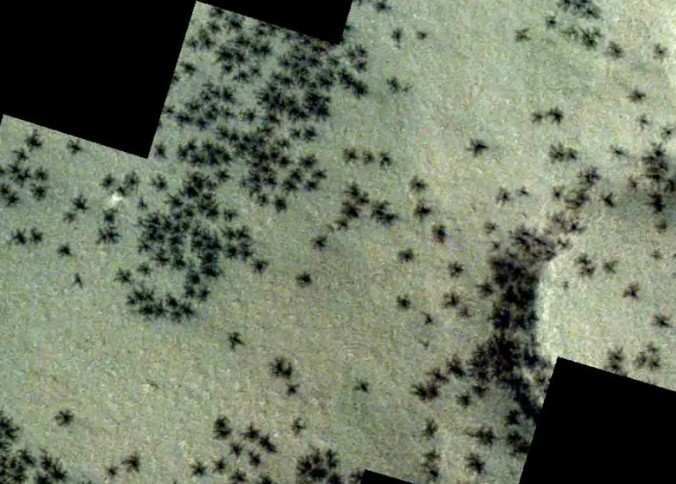Madrid, 4 (European press)
Sensors that were used to monitor one of the world’s largest underwater valleys, Congo Canyon, were scattered across the Atlantic Ocean due to the effects of the avalanche. Recovery efforts have combed thousands of miles of ocean to locate the lost sensors.
When the team led by Professor Peter Taling, of the Department of Earth Sciences at Durham University, looked at the data they contained, they found evidence of an avalanche of sediment on the sea floor that had already traveled 1,100 km. The ocean depths were up to 4,500 metres.
The avalanche had passed through the Congo Canyon, a deep underwater valley that extends from the mouth of the Congo River, off the west coast of Africa.
Severe floods along the Congo River, which were followed by an unusually large spring tide, caused an avalanche of sand and mud, the volume of which was equal to a third of the sediment produced annually by all the rivers of the world.
Eleven sensors used to monitor the valley broke off from their moorings in January 2020, after it was swept away by a torrent of sediment traveling at up to eight meters per second.
Sensors inside orange buoys, barely larger than a football, were floating on the surface of the Atlantic Ocean, carrying their data with them, Durham University reports.
Prior to this study, direct measurement of strong deep-water avalanches was considered impractical. But the rescued data provided a first-hand trace of sediment collapses in the Congo Canyon, allowing scientists to assess for the first time how large river floods are related to the deep seas.
The avalanche also cut two communications cables on the sea floor, reducing internet data speeds in western, central and southern Africa.
The study showed that the seafloor erosion pattern was surprisingly localized and uneven, especially given the large volume of flow, which could explain why some undersea communication cables were cut but not others.

“Social media evangelist. Student. Reader. Troublemaker. Typical introvert.”

:quality(70):focal(917x454:927x464)/cloudfront-us-east-1.images.arcpublishing.com/elfinanciero/IK6YWCPEYFBRRFEKOPGFRQXC54.jpg)





More Stories
The College of Humanities, Social and Educational Sciences celebrates the graduation of 397 male and female students
Japanese ancestral ritual that is an effective and quick cleaning method: in 15 minutes organize your home and help emotional well-being
The City of Arts and Sciences of Valencia presents the first public exhibition of Pablo Achugarry in Spain